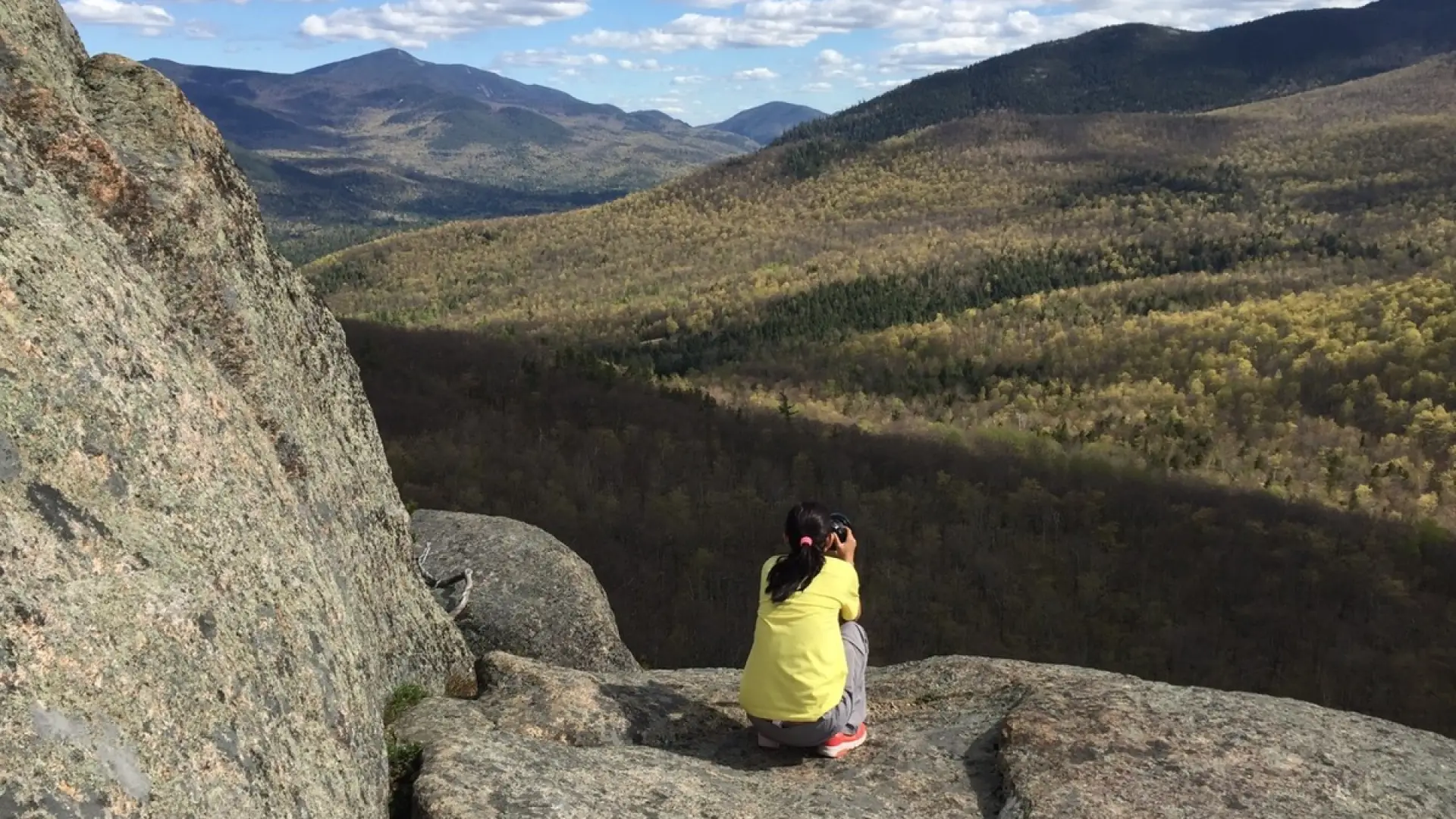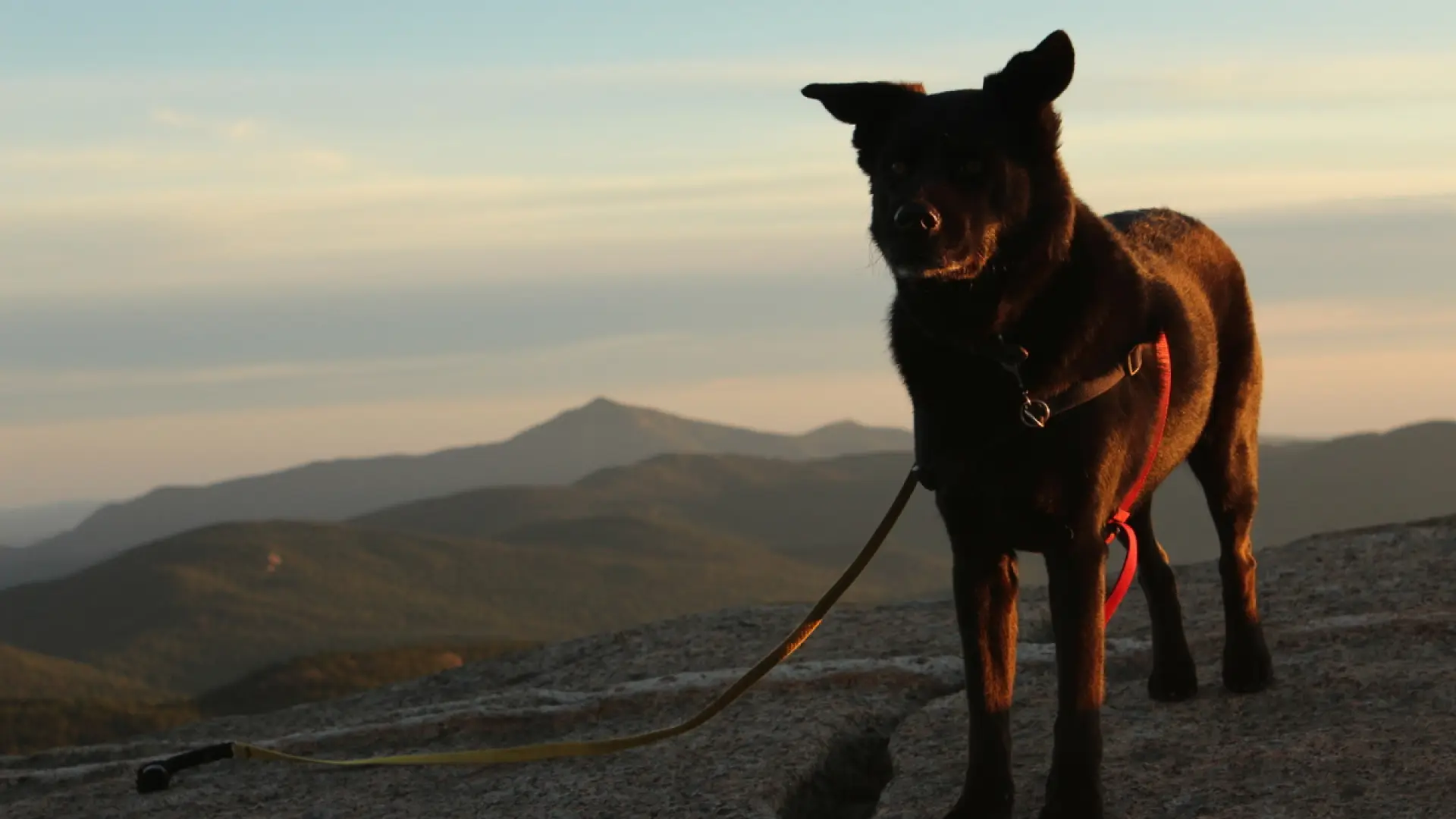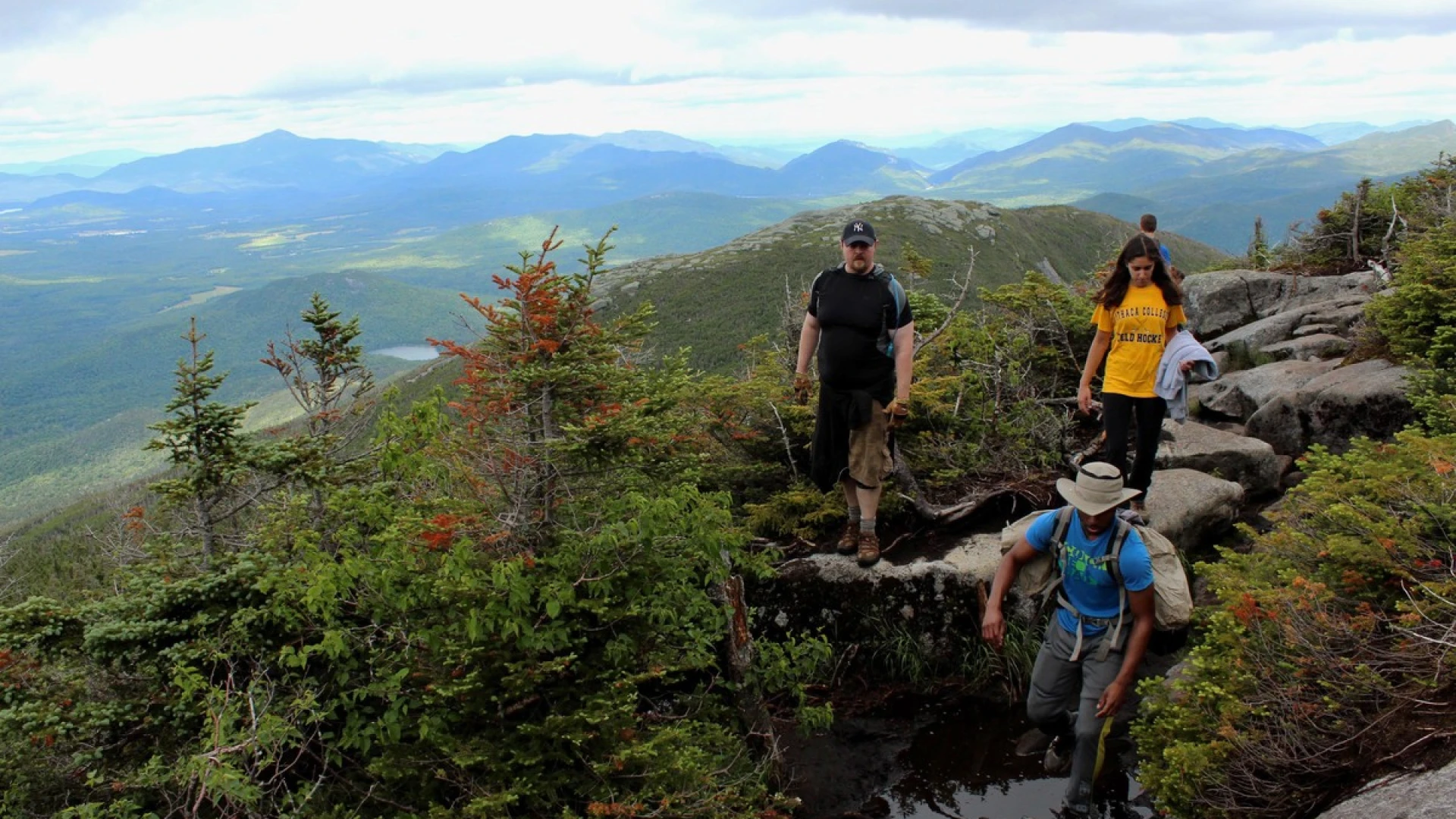Squatter’s rights: A guide to ethics in the woods

I remember the first time I saw an Adirondack toilet paper tree. We were coming off of the summit of Cascade Mountain, a popular summertime hike, and I spotted a narrow path into the thick balsam forest. I figured most trails lead to a destination and decided to investigate. To my horror, that destination was a disgusting scene of human waste and used T.P. not 15 feet from the main path. This wasn’t a secret overlook or some other hidden beauty; it was a makeshift restroom.
I’ve seen it all, from campsites set up a few feet from a stream to bags of garbage left next to a lean-to. Here’s the thing: As humans entering the forest we all have a responsibility to protect that resource, not just for other visitors, but for the plants and animals who call these magnificent places home.

I like to think most people don’t intentionally do things to degrade nature; instead, I assume they just don’t know the best way to handle everyday situations without modern conveniences. So let’s talk about that! The following is a quick look into wilderness ethics, simple guidelines anyone can follow to help preserve the woods.
To squat or not
Things can change quickly in the mountains. Let’s say you’re enjoying the trail, and suddenly there’s a familiar feeling in your belly that can only mean one thing — it’s time to go. The problem is, there are a lot of miles between you and a civilized bathroom.

We all have to poop, but the old adage, “There’s a time and a place for everything” doesn’t necessarily apply to the woods. Things happen when they need to happen, and that's all there is to it. Besides that, pooping is good for you. It’s true; holding it in is not only uncomfortable, it’s unhealthy. But fear not! It isn’t difficult taking care of business in the woods.
- Step 1: Check your map (you always bring a map hiking, right?) for designated lean-tos and campsites. These first-come, first-served camping spots are scattered throughout the backcountry, and most have a nearby outhouse you can use. Sometimes the privies are stocked with toilet paper a previous camper has left behind, but why risk it? Always keep some T.P. in a plastic bag in your backpack.
- Step 2: Location, location. If there isn’t a privy nearby, don’t worry. All you need to do is find a secluded spot that’s at least 150 feet from a trail or a waterbody. Dense woods, a fallen tree, and boulders make good cover.
- Step 3: Dig. That’s right, human waste should always be buried at least 8 inches deep. You can use a stick or a rock to dig a hole, or keep a small shovel, like a garden trowel, in your backpack for when you need to answer nature’s call.
- Step 4: Lean or squat. Some folks like to squat when they drop, others prefer to do the lean. Find a sturdy, thin tree, dig a hole, then grab the tree and use it for support as you lean back into a sitting position. Be sure to fill the hole up when you’re done.
- Step 5: Pack it out, pack it in. Toilet paper should not find its way into your scat hole. A plastic zipper lock bag is the best thing for getting used T.P. out of the woods and into a garbage can.
Leave No Trace

Leave No Trace is more than a slogan, it’s really the core of wilderness ethics. The premise is simple: Leave the natural world as you found it, or better. That means if you carried something in you should also carry it out with you. It also means if you come across litter, pitch in by packing it out with you.
Stay on the trail
Water always finds the path of least resistance. During heavy storms or the spring snowmelt, that’s often our trails. In higher elevations, where the soil depth is usually pretty shallow, the trails are particularly susceptible to erosion, especially when they’re subjected to a lot of foot traffic. That’s why DEC officials ask people to avoid the High Peaks until things dry out, usually in June. Rain doesn’t stop when summer starts, though. Our paths are bordered by forest, so try to stay on them even if they’re full of mud. When hikers step off the trail to avoid mud it widens the trail, killing vegetation and destabilizing trees over time. Get those boots dirty!
Leash your dog

It’s always tempting to let your dog run free, but it also creates the potential for a bad situation. Loose dogs tend to run up to other, less friendly dogs that are unleashed, and they also tend to harass wildlife. While a red squirrel can easily climb to safety, a porcupine will simply hunker down until its attacker gets the point — literally. Even worse, there are plenty of steep drops, rushing streams, and jumbled rocks where a wandering dog can get injured. The best scenario for everyone involved is to keep dogs leashed and under your control at all times.
Know where to camp
It’s perfectly fine (and legal) to set up camp almost anywhere on state land. The “almost” is what’s important here. Campers should always seek out designated campsites, but if none are available make sure your site is at least 150 feet from a trail and from water, like a pond or stream. When you’re done, follow Leave No Trace ethics and erase your footprint by moving leaves and brush to hide the spot. The goal is to make it look as if no one was there.
Rock hop

The High Peaks are awesome, so it’s no wonder people flock to their summits every year. Keep in mind there are plenty of other mountains to climb in the Adirondacks, and hiking them helps reduce wear and tear on popular summits.
Life above timberline is harsh, and it takes a special group of plants to survive there. If you must climb a High Peak, be sure to stay on the summit rocks to avoid trampling the alpine vegetation. You’ll see rock borders on many of these mountains — these outline alpine gardens that are part of an ongoing effort to restore the vegetation on our highest peaks. Please respect that effort, and if you see a summit steward or a forest ranger, strike up a conversation. They’re happy to answer any nature-related questions you have.